-
Definition
-
Scope Of The Study
- Research Objective
- Assumptions
- Limitations
-
Introduction
-
Primary Research
-
Secondary Research
-
Market Size Estimation
-
Drivers
-
Restraints
-
Opportunities
-
Challenges
-
Macroeconomic Indicators
-
Application Trends & Assessment
-
Porter’s Five Forces Analysis
- Bargaining Power Of Suppliers
- Bargaining Power Of Buyers
- Threat Of New Entrants
- Threat Of Substitutes
- Intensity Of Rivalry
-
Value Chain Analysis
-
Investment Feasibility Analysis
-
Pricing Analysis
-
Chapter 6. Global Venous Blood Collection Devices Market, By Type
-
Introduction
-
Blood Collection Tubes
- Market Estimates & Forecast, 2020–2027
- Plasma Separation Tube
- Heparin Tube
- Serum Separating Tube
- EDTA Tube
- Others 6.3 Warming Devices
- Market Estimates & Forecast, 2020–2027
-
Needles
- Market Estimates & Forecast, 2020–2027
-
Vacuum Blood Collection System
- Market Estimates & Forecast, 2020–2027
-
Microfluidic System
- Market Estimates & Forecast, 2020–2027
-
Micro-Container Tubes
- Market Estimates & Forecast, 2020–2027
-
Micro-Hematocrit Tubes
- Market Estimates & Forecast, 2020–2027
-
Others
-
Chapter 7. Global Venous Blood Collection Devices Market, By Material
-
Introduction
-
Plastic
- Market Estimates & Forecast, 2020–2027
-
Glass
- Market Estimates & Forecast, 2020–2027
-
Stainless Steel
- Market Estimates & Forecast, 2020–2027
-
Ceramic
- Market Estimates & Forecast, 2020–2027
-
Others
-
Chapter 8. Global Venous Blood Collection Devices Market, By Application
-
Introduction
-
Vein Blood Gas Sampling
- Market Estimates & Forecast, 2020–2027
- Diagnosis Of Disease
- Acid-Base Status Monitoring
- Others
-
Intraoperative Blood Salvage
- Market Estimates & Forecast, 2020–2027
-
Others
-
Chapter 9. Global Venous Blood Collection Devices Market, By End-User
-
Introduction
-
Hospitals & Clinics
- Market Estimates & Forecast, 2020–2027
-
Point Of Care
- Market Estimates & Forecast, 2020–2027
-
Blood Donation Centers
- Market Estimates & Forecast, 2020–2027
-
Diagnostic Centers
- Market Estimates & Forecast, 2020–2027
-
Others
-
Chapter. 10 Global Venous Blood Collection Devices Market, By Region
-
Introduction
-
Americas
- North America
- South America
-
Europe
- Western Europe
- Eastern Europe
-
Asia Pacific
- Japan
- China
- India
- Australia
- Republic Of Korea
- Rest Of Asia Pacific
-
The Middle East & Africa
- United Arab Emirates
- Saudi Arabia
- Rest Of The Middle East & Africa
-
Chapter 11 Company Landscape
-
Introduction
-
Market Share Analysis
-
Key Development & Strategies
- Key Developments
-
Chapter 12 Company Profiles
-
Becton Dickinson And Company
- Company Overview
- Materials Overview
- Financials
- SWOT Analysis
-
Bio-Rad Laboratories, Inc.
- Company Overview
- Materials Overview
- Financial Overview
- Key Developments
- SWOT Analysis
-
NIPRO Medical Corporation
- Company Overview
- Materials Overview
- Financial Overview
- Key Development
- SWOT Analysis
-
Qiagen NV
- Company Overview
- Materials/Business Segment Overview
- Financial Overview
- Key Development
- SWOT Analysis
-
Greiner Bio-One International GmbH
- Company Overview
- Materials Overview
- Financial Overview
- Key Developments
-
F. Hoffman La Roche
- Company Overview
- Materials Overview
- Financial Overview
- Key Developments
-
Terumo Medical Corporation
- Overview
- Materials Overview
- Financials
- Key Developments
- SWOT Analysis
-
Sarstedt AG & Co
- Company Overview
- Materials/Business Segment Overview
- Financial Overview
- Key Development
- SWOT Analysis
-
Improve Medical Technology Co. Ltd
- Company Overview
- Materials Overview
- Financial Overview
- Key Developments
-
Others
-
Chapter 13 MRFR Conclusion
-
Key Findings
- From CEO’s View Point
- Unmet Needs Of The Market
-
Key Companies To Watch
-
Prediction Of Pharmaceutical Industry
-
Chapter 14 Appendix LIST OF TABLES
-
Venous Blood Collection Devices Industry Synopsis, 2020–2027
-
Venous Blood Collection Devices Market Estimates & Forecast, 2020–2027, (USD Million)
-
Venous Blood Collection Devices Market, By Region, 2020–2027, (USD Million)
-
Venous Blood Collection Devices Market, By Type, 2020–2027, (USD Million)
-
Venous Blood Collection Devices Market, By Materials, 2020–2027, (USD Million)
-
Venous Blood Collection Devices Market, By Application, 2020–2027, (USD Million)
-
Venous Blood Collection Devices Market, By End-User, 2020–2027, (USD Million)
-
North America Venous Blood Collection Devices Market, By Type, 2020–2027, (USD Million)
-
North America Venous Blood Collection Devices Market, By Material, 2020–2027, (USD Million)
-
North America Venous Blood Collection Devices Market, By Application, 2020–2027, (USD Million)
-
North America Venous Blood Collection Devices Market, By End-User, 2020–2027, (USD Million)
-
U.S. Venous Blood Collection Devices Market, By Type, 2020–2027, (USD Million)
-
U.S. Venous Blood Collection Devices Market, By Materials, 2020–2027, (USD Million)
-
U.S. Venous Blood Collection Devices Market, By Application, 2020–2027, (USD Million)
-
U.S. Venous Blood Collection Devices Market, By End-User, 2020–2027, (USD Million)
-
Canada Venous Blood Collection Devices Market, By Type, 2020–2027, (USD Million)
-
Canada Venous Blood Collection Devices Market, By Materials, 2020–2027, (USD Million)
-
Canada Venous Blood Collection Devices Market, By Application, 2020–2027, (USD Million)
-
Canada Venous Blood Collection Devices Market, By End-User, 2020–2027, (USD Million)
-
South America Venous Blood Collection Devices Market, By Type, 2020–2027, (USD Million)
-
South America Venous Blood Collection Devices Market, By Materials, 2020–2027, (USD Million)
-
South America Venous Blood Collection Devices Market, By Application, 2020–2027, (USD Million)
-
South America Venous Blood Collection Devices Market, By End-User, 2020–2027, (USD Million)
-
Europe Venous Blood Collection Devices Market, By Type, 2020–2027, (USD Million)
-
Europe Venous Blood Collection Devices Market, By Materials, 2020–2027, (USD Million)
-
Europe Venous Blood Collection Devices Market, By Application, 2020–2027, (USD Million)
-
Europe Venous Blood Collection Devices Market, By End-User, 2020–2027, (USD Million)
-
Western Europe Venous Blood Collection Devices Market, By Type, 2020–2027, (USD Million)
-
Western Europe Venous Blood Collection Devices Market, By Material, 2020–2027, (USD Million)
-
Western Europe Venous Blood Collection Devices Market, By Application, 2020–2027, (USD Million)
-
Western Europe Venous Blood Collection Devices Market, By End-User, 2020–2027, (USD Million)
-
Eastern Europe Venous Blood Collection Devices Market, By Type, 2020–2027, (USD Million)
-
Eastern Europe Venous Blood Collection Devices Market, By Materials, 2020–2027, (USD Million)
-
Eastern Europe Venous Blood Collection Devices Market, By Application, 2020–2027, (USD Million)
-
Eastern Europe Venous Blood Collection Devices Market, By End-User, 2020–2027, (USD Million)
-
Asia Pacific Venous Blood Collection Devices Market, By Type, 2020–2027, (USD Million)
-
Asia Pacific Venous Blood Collection Devices Market, By Material, 2020–2027, (USD Million)
-
Asia Pacific Venous Blood Collection Devices Market, By Application, 2020–2027, (USD Million)
-
Asia Pacific Venous Blood Collection Devices Market, By End-User, 2020–2027, (USD Million)
-
The Middle East & Africa Venous Blood Collection Devices Market, By Type, 2020–2027, (USD Million)
-
The Middle East & Africa Venous Blood Collection Devices Market, By Material, 2020–2027, (USD Million)
-
The Middle East & Africa Venous Blood Collection Devices Market, By Application, 2020–2027, (USD Million)
-
The Middle East & Africa Venous Blood Collection Devices Market, By End-User, 2020–2027, (USD Million)
-
LIST OF FIGURES
-
Research Process
-
Segmentation Of Venous Blood Collection Devices Market
-
Segmentation Market Dynamics For Venous Blood Collection Devices Market
-
Global Venous Blood Collection Devices Market Share, By Type 2020
-
Global Venous Blood Collection Devices Market Share, By Materials 2020
-
Global Venous Blood Collection Devices Market Share, By Application, 2020
-
Global Venous Blood Collection Devices Market Share, By End-User, 2020
-
Global Venous Blood Collection Devices Market Share, By Region, 2020
-
North America Venous Blood Collection Devices Market Share, By Country, 2020
-
Europe Venous Blood Collection Devices Market Share, By Country, 2020
-
Asia Pacific Venous Blood Collection Devices Market Share, By Country, 2020
-
The Middle East & Africa Venous Blood Collection Devices Market Share, By Country, 2020
-
Global Venous Blood Collection Devices Market: Company Share Analysis, 2020 (%)
-
Becton Dickinson And Company: Key Financials
-
Becton Dickinson And Company: Segmental Revenue
-
Becton Dickinson And Company: Geographical Revenue
-
Bio-Rad Laboratories, Inc.: Key Financials
-
Bio-Rad Laboratories, Inc.: Segmental Revenue
-
Bio-Rad Laboratories, Inc.: Geographical Revenue
-
NIPRO Medical Corporation: Key Financials
-
NIPRO Medical Corporation: Segmental Revenue
-
NIPRO Medical Corporation: Geographical Revenue
-
Qiagen NV: Key Financials
-
Qiagen NV: Segmental Revenue
-
Qiagen NV: Geographical Revenue
-
Greiner Bio-One International GmbH: Key Financials
-
Greiner Bio-One International GmbH: Segmental Revenue
-
Greiner Bio-One International GmbH: Geographical Revenue
-
F. Hoffman La Roche: Key Financials
-
F. Hoffman La Roche: Segmental Revenue
-
F. Hoffman La Roche: Geographical Revenue
-
Terumo Medical Corporation: Key Financials
-
Terumo Medical Corporation: Segmental Revenue
-
Terumo Medical Corporation: Geographical Revenue
-
Sarstedt AG & Co: Key Financials
-
Sarstedt AG & Co: Segmental Revenue
-
Sarstedt AG & Co: Geographical Revenue
-
Improve Medical Technology Co. Ltd: Key Financials
-
Improve Medical Technology Co. Ltd: Segmental Revenue
-
Improve Medical Technology Co. Ltd: Geographical Revenue

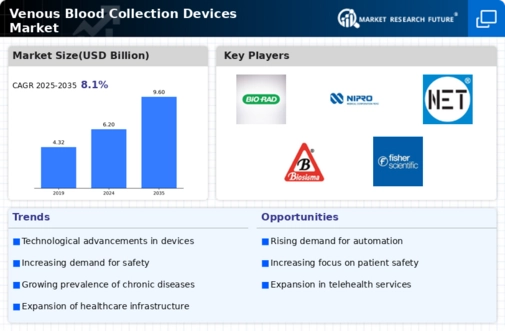
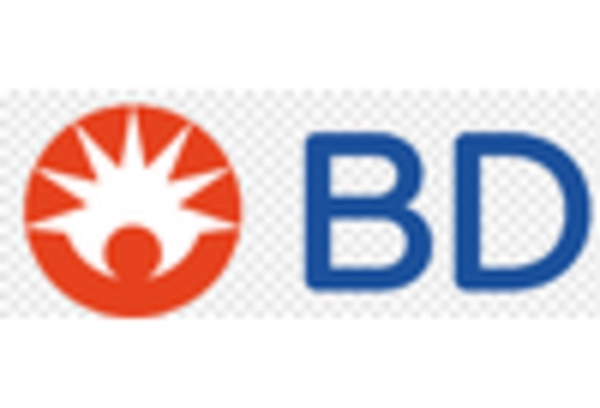
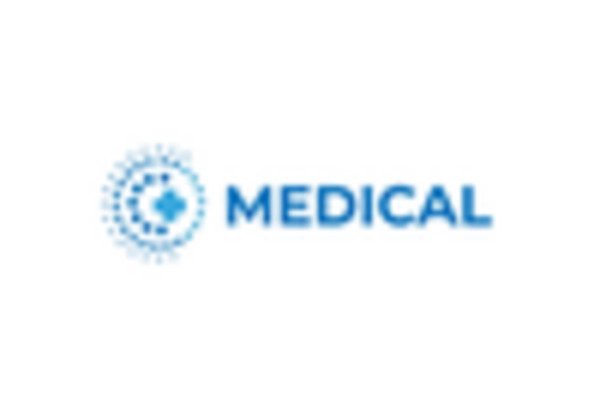
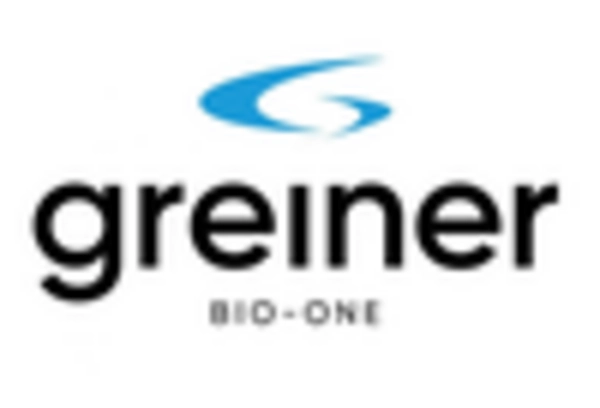

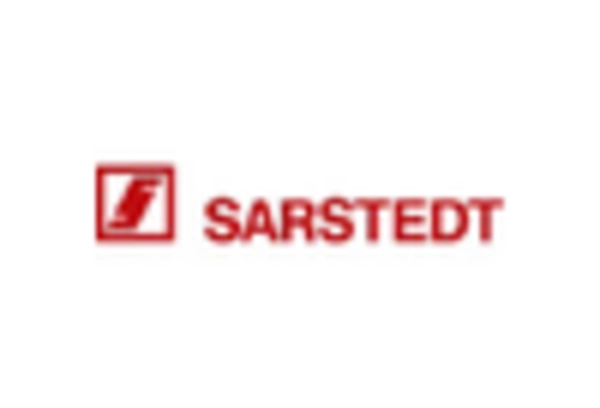


Leave a Comment